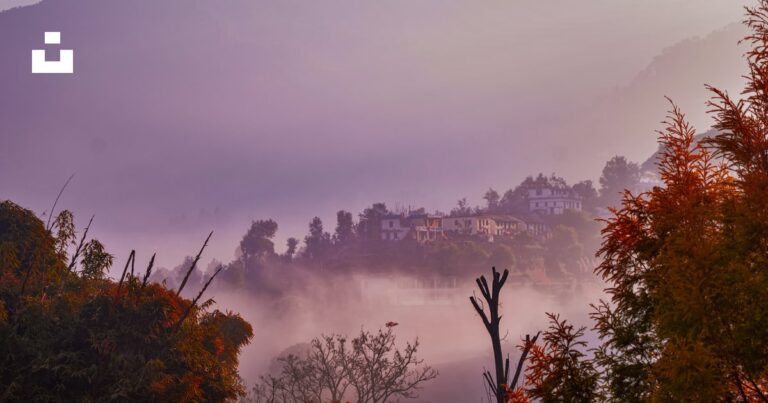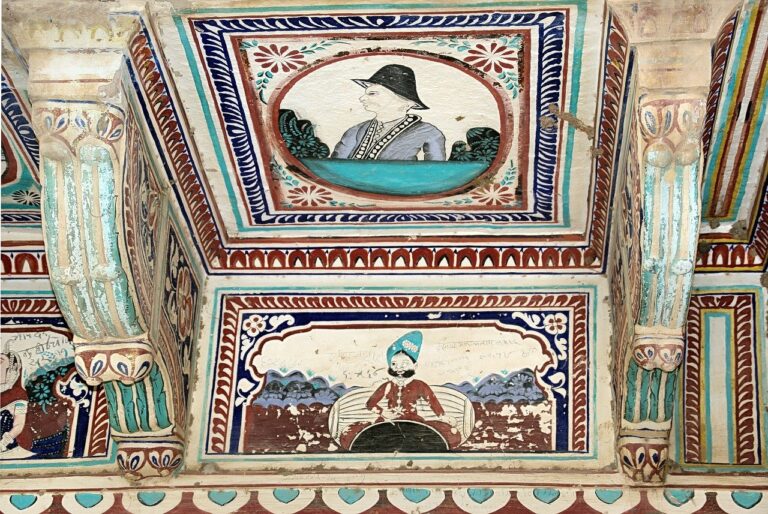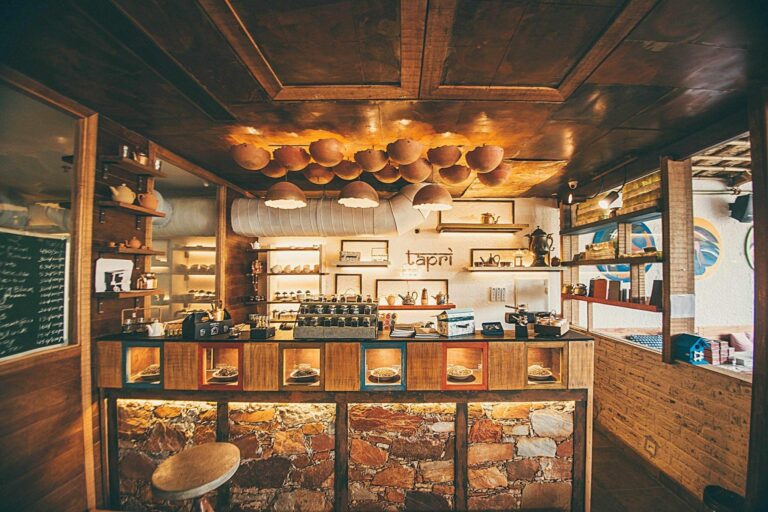“
Agra Petha – The delicacy that slipped from the Mughal kitchens to sweeten our lives
Agra Petha – Some sweet spy, spilt the recipe from the secretive royal kitchens of the Mughal, giving rise to the enduring favourite, Agra Petha creating a legend with a loyal following. Here is my story of how I came to discover and love this magnificent creation, perhaps towering its neighbour!
I was in Agra for the fifth time, so I had already seen the two must-see attractions. I’d seen the Taj Mahal’s perfection and explored the Agra fort’s intricately designed interiors. Agra petha, on the other hand, was a completely different matter.
Who among us hasn’t heard the tales? The mouth-watering, melt-in-your-mouth goodness of a variety of flavours, as described by friends and family members. These tales will both tempt and terrify anyone with a genuine sweet tooth.
During my pre-trip research, I learned that Panchhi Petha was the best petha in Agra. “That shouldn’t be a problem,” I thought to myself. This mysterious location was given to me by a kind friend who had been to the petha and raved about its benefits.
It was about 11 am when I arrived in the crowded city, and shopkeepers were opening their doors and shutters to let customers in. There were about 10 Panchhi Petha shops in various stages of opening when I arrived. They weren’t going to make it easy for me, that much was clear. When I was in a new place, I did the most logical thing — I got off the bus and asked a local. A hefty auto-rickshaw driver was more than happy to tell me that Panchhi Petha was the best place to buy Agra petha, and I thanked him profusely. Did all of these different stores have the same owners?” They weren’t, as it turns out. Madam, there are too many fakes in this market. I’d go to Panchhi Petha in Sadar Bazaar to get the authentic version. Then he offered to drive me there himself.
Shaganji, the rickshaw driver, told me all about “petha gossip” as we travelled. This fake Panchhi Petha isn’t really called that if you look closely, madam. There’s always a twist in the name.”
My attention was drawn to the shop’s signboard as we pulled over to let him show me how it worked. There was a small black “Pure” before the name of Panchhi Petha, which stood out against the red letters. The driver of the car must have thought I was a big deal because he seemed pleased.
Shopping at Sadar Bazaar is a favourite pastime of both tourists and locals alike. The Agra fort and the Taj Mahal, the city’s two most famous landmarks, are both within walking distance.
As we made our way through the bustling bazaar, we came to a halt in front of a large shop. I found myself sleuthing through the sign to find any hidden sleight-of-hand.
In this case, there were no other people around.
As soon as I stepped foot inside the store, I could see why pethas are so popular. Colourful, translucent sweetmeat chunks greeted me in rows and rows of rows and rows of rows and rows. Inside the store, a massive board listed what appeared to be an infinite number of flavour combinations. The shopkeeper was so generous with the tasting that he gave me a sample of nearly every type of petha in the store, further confusing me.
Totally clean!
The Angoori Petha, the Kesar Petha, and the original, plain, dry petha — which I like to refer to as “the petha that started it all” — are all great choices. And of course, I was curious about the man who started it all. The shopkeeper, a pleasant man who seemed amused by my inquisitiveness, pointed to an old portrait of Seth Pancham Lal Goyal, affectionately known as “Panchhi” by his friends. At the tender age of 24, he founded Panchhi Petha with a single shop in Delhi.
However, Seth Panchhi Lal’s pethas quickly rose to prominence due to their perfect flavour, the harmony of flavours, and purity. The best type of sweet is pethas, madam. They’re the purest.” All you need is fruit, sugar, and water. There are no synthetics, impurities, or additives. According to the shopkeeper, “God is sweet.” Panchhi Petha’s headquarters and first store are located in Noori Gate, along with the cottage factories where pethas are made. My reliable chauffeur was standing by.
With its open wires and drains, the identikit shops selling souvenirs and mini-Taj Mahals, I came across the Panchhi Petha store. My first impression of the store was a friendly greeting from one of the shopkeepers who proceeded to tell me about all of the different flavours they had to offer. As soon as he took a breath, I jumped in and explained that I’d already done my shopping and was only looking for information instead of purchasing anything. That’s what I discovered.
More than 350 years ago, the Shah Jahan’s Mughal emperor Shah Jahan’s royal kitchen prepared pethas, which were then smuggled out. Since then, this sweet treat has continued to grow in popularity. This Agra-proud delicacy is made by more than 700 cottage units in the Noori Gate area.
Brand-new designs
An Agra-based family business that has been around for a century now has seven branches in the city alone, as well as stores in Delhi, Ghaziabad, and Lucknow. Panchhi Petha aims to keep up with the changing tastes and demands of its customers by creating newer varieties of pethas.
A sugar-free version has also recently been introduced, allowing those with diabetes the opportunity to enjoy it as well. After boiling, peeling and deseeding the white pumpkin or ash gourd, the sweet is ready to eat. To flavour the syrup, either rose water or flavoured water can be added. There are two ways to buy the translucent cylindrical sweet: dry or with the syrup it was cooked in. The shelf life of dry petha is unquestionably greater.
The fact that the product had a long shelf life was welcome news because I was bringing back a substantial amount. Panchhi Petha is famous not only for its trademark petha but also for a spicy and salty snack made from gramme flour and dry fruits, Daal Moth, which the shopkeeper ended up making a sale of after all.
Recently there have been some misgivings, with some reports suggesting that the thriving peta industry was causing the blackening of the marvellous edifice of Taj Mahal. Many of the makers were even forced to close! Hope the two landmarks of the city coexist congenially, filled with love and sweetness, as they are intended to be!
Recipe for Peta:
- Pick dates, 3 days at least.
- Book your flight.
- Book your stay with Tree of Life Ecotainers Agra.
- Go shopping for peta at all your favourite shops.
- Indulge in all you can.







